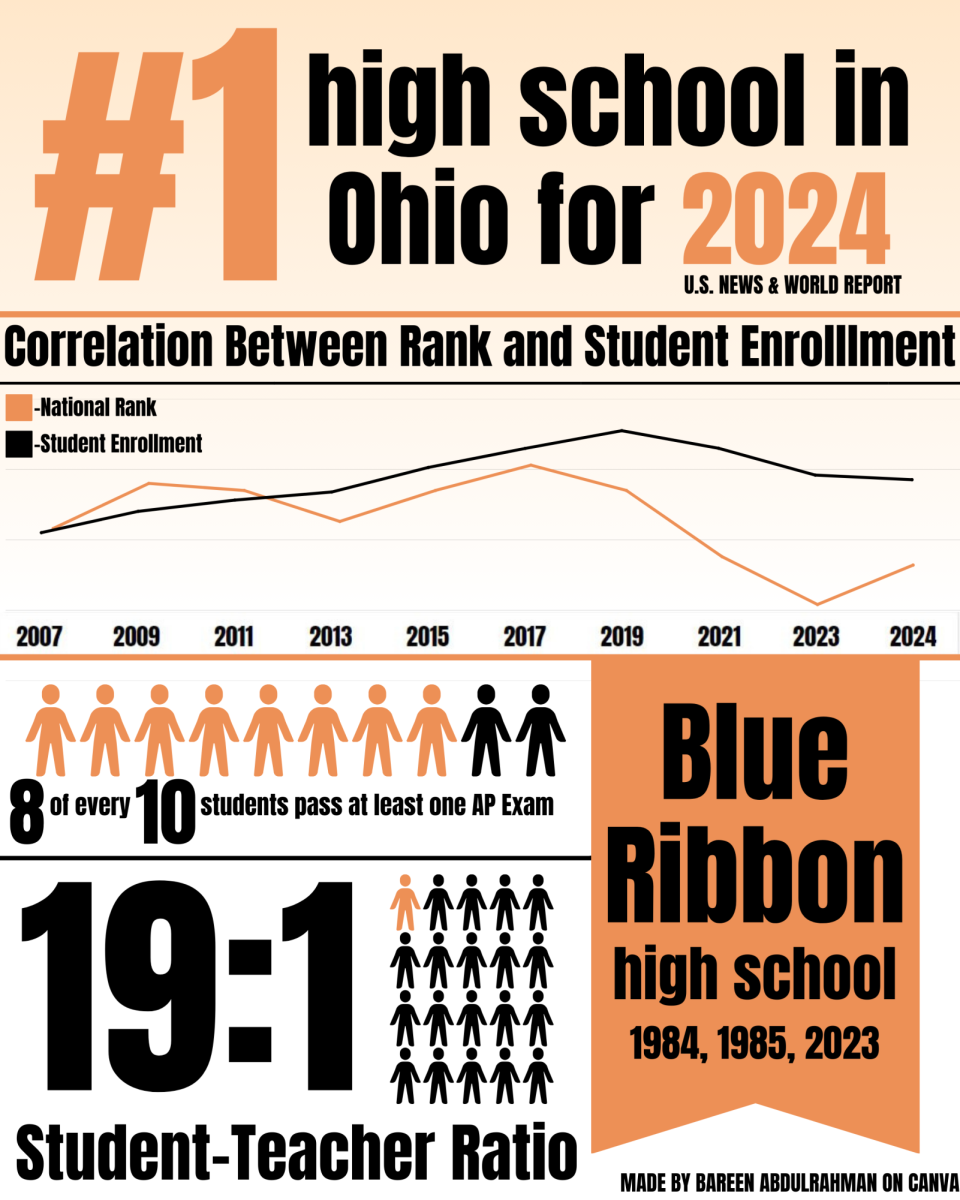Fluctuations in class size are not new, but the recent dip over the past few years will most likely have a number of negative effects, fueled by CPS’ abundance of debt.
“In general, the offerings are not going to go down… there may be some instances where we can’t offer a class for a year, but it’s driven by students wanting to take the class,” Debbie Heldman, Executive Director of the Alumni Foundation, said.
However, because of the district’s debt, budget cuts are unavoidable.
The weight of making difficult budgeting decisions could be relieved if incoming class sizes recovered the WHHS student population, but the estimated size of the incoming seventh-grade class is not nearly high enough.
Since the COVID pandemic struck, recruitment at WHHS has gradually decreased. In 2020, when WHHS made the decision to go virtual, many families sent their children to different high schools where in-person teaching was permitted.
“When CPS was closed, the year it was all online education, some families left because they needed the in-person education for their students,” Marjorie Platt, an English teacher, said. “I lost probably 10 students throughout the year.”
WHHS had difficulty with in-person learning because of space and student population.
“We couldn’t make [students in] the classroom six feet apart,” Heldman said. “They eventually gave us a waiver to go to three feet, but every other school was six feet. Then they said to me, ‘By the way, dining is still six feet,’ so that’s why I [assigned students to have] lunch in the gym.”
Another factor causing a reduction of incoming students may have been the changing of the WHHS Entrance Exam from the Terranova to the Iowa test in 2019.
“It’s pretty well noted that the Iowa was harder, but [the change] was the year before the pandemic, so we had, nationally, this learning loss,” Platt said. “So it’s a question of, well, is it the test? Is it the learning loss? Is it a combination of both?”
Misconceptions about WHHS in the community have also contributed to the loss of students.
“There are people out there that don’t really like Walnut, and think that we’re a school for white, wealthy kids,” Heldman said. “But I see the school as an opportunity for any kid, that if you work hard, you can do anything you want to.”
As reported by WHHS, the race composition is 39.5% non-white in the 23-24 school year, and in an online survey of 58 students by the Chatterbox, some stated that what they love most about WHHS is the diversity of the students.
“Compared to my old school, I appreciate that Walnut is a [hodge-podge] of different places,” Aida Doumbia, ’24, who attended Mt. Healthy City Schools before WHHS, responded to the survey. “There are a wide variety of places that people come from. Some places definitely bring more to Walnut than others, but even so, the diversity is nice.”
This loss of students has led to an array of both negative and positive effects.
“The class sizes are smaller and that enables students to get more individualized attention,” Platt said. “But also, a larger population means more clubs, more extracurriculars, more opportunities [and] more engagement.”
In the past, Heldman has worked with other school administrators to publicize WHHS through c
ommunity events, a strategy which the school may have to return to.
“Student testimonials are good, that’s why [we do] shadowing and why open house is good,” Heldman said. “The only thing that’s different is social media. Social media wasn’t there 20-30 years ago.”
Social media offers another opportunity to change the community’s perception of WHHS.
“The bad-mouthers are out there on social media, [the] people who have bad things to say, [and they post] much more than those with good news [about WHHS],” Heldman said. “So what if our kids could start doing that?”




